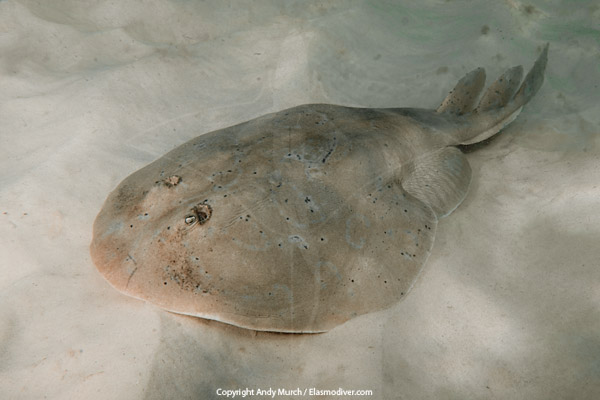|
|
|
SHARK INFO |
|
SHARK |
|
SHARK EVOLUTION |
|
|
|
SHARK DIVING |
|
SHARK DIVING 101 |
|
|
|
CONSERVATION |
|
|
|
PHOTOGRAPHY |
|
SHARK PHOTO TIPS |
|
|
|
RESOURCES |
|
|
|
WEB STUFF |
|
WHAT IS ELASMODIVER? Not just a huge collection of Shark Pictures: Elasmodiver.com contains images of sharks, skates, rays, and a few chimaera's from around the world. Elasmodiver began as a simple web based shark field guide to help divers find the best places to encounter the different species of sharks and rays that live in shallow water but it has slowly evolved into a much larger project containing information on all aspects of shark diving and shark photography. There are now more than 10,000 shark pictures and sections on shark evolution, biology, and conservation. There is a large library of reviewed shark books, a constantly updated shark taxonomy page, a monster list of shark links, and deeper in the site there are numerous articles and stories about shark encounters. Elasmodiver is now so difficult to check for updates, that new information and pictures are listed on an Elasmodiver Updates Page that can be accessed here:
|
|
_ |
|
LESSER ELECTRIC RAY |
|
Photograph copyright Andy Murch View all available Lesser Electric Ray Pictures in the Shark Pictures Database Lesser electric ray Latin Name: Narcine bancrofti Family: Narcinidae Identification: Disc almost circular, tapering towards anterior edge. Caudal fins rounded with pale margins. Dorsal surface light brown to gray covered with large round markings. Pattern may be faint or absent. First and second dorsal fins are of equal size. Spiracle located directly behind eye. Size: Maximum length 45cm. Disc width 20cm. Habitat: Intertidal to 40m. Areas of sand, mud, and sea grass, sometimes adjacent to reefs. Abundance: Common in Southern Caribbean. Uncommon or absent in remainder of range. Distribution: Western Atlantic from North Carolina to Argentina Behavior: Nocturnal. Lays motionless during the day resting on pectoral fins, partially covered by sand. Forage at night for worms in substrate. Occasionally eat small snake eels. When threatened this ray can perform an explosive outside loop, displaying its lighter underbelly and shocking the predator. This is followed by a swift retreat. Reproduction: Ovoviviparous. Observations: Whilst following this ray, I observed it perform an evasive maneuver in which it rapidly kicked up sand in a plume which suggested it had shot forward and swum away. In the same instant it span around and came to rest completely covered in sand directly under my body. It made no attempt to shock. Photographs: Dominica, Carriacou. Similar species: Cortez electric ray. This may in fact be the same species which has migrated to the pacific coast. Reaction to divers: Easy to approach with slow movements. Can shock (about 37 volts max.) if molested but usually swims away. Dive logistics: This ray is easily found when traveling over sandy areas in its range. In Carriacou it was particularly abundant when diving from shore in 10 to 15ft of water. Tanki's watersports located on the beach can rent equipment for a shore dive which should also turn up some gold spotted eels, flying gurnards, and the odd spotted snake eel. Other diving locations submitted by readers: References:
HOME LINKS TAXONOMY BOOKS CONTACT
|






















